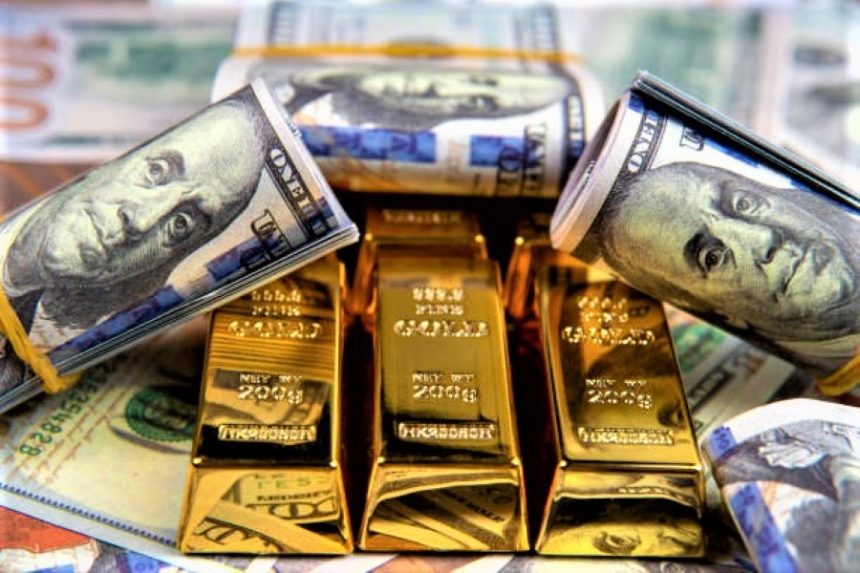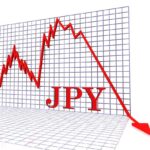Gold price is still restricted to a narrow band between two important Daily Moving Averages.
The Gold price is trading lower than $1,950 early Tuesday, although it stays inside Friday’s trading range. The US Dollar (USD) has entered a bullish consolidation phase. As US Treasury bond rates rise and ahead of mid-tier US economic data.
The Dollar is supported by a cautious atmosphere ahead of mid-tier US statistics.
Gold sellers continue to lurk at higher levels, restraining the price of gold so far this week. The US Dollar is clinging to last week’s impressive rebound gains. As China’s economic difficulties support the Greenback’s safe-haven demand. Which is bearish for gold.
A lack of clarity from China on more policy support for the country’s troubled property market is impacting on investors’ enthusiasm. Meanwhile, Country Garden, China’s private property conglomerate. Faces a Tuesday deadline for completing interest payments on two US Dollar notes. After averting an onshore debt default with a last-minute payment extension agreement on Sunday.
Furthermore, despite rising predictions that the US Federal Reserve (Fed) is nearing the conclusion of its tightening cycle. The continuous gain in US Treasury bond rates is preserving the bullish tone around the US Dollar. At the expense of the Euro. Gold price is not surrendering.
The US Dollar Index is trading around multi-day highs above 104.30 at the time of writing, while the benchmark 10-year US Treasury note yield is up 1% to 4.215%. Gold, on the other hand, is swaying between session lows of $1,935.
In the absence of high-impact US economic data releases and as traders from the US return to their desks following an extended Labor Day weekend, risk trends will continue to play a critical role. Gold traders will be entertained by the mid-tier US Factory Orders, as well as some Fed speakers.
Gold Technical analysis
After failing multiple times to gain acceptance over the psychological barrier of $1,950. The gold price has succumbed to negative influences, oscillating between the critical levels ofThe 100-day moving average (DMA) is at $1,953. While the 50-day DMA is at $1,932.
In the face of a slew of ambiguous technical indications, the gold price lacks a strong directional bias. The 14-day Relative Strength Index (RSI) is above the midpoint, indicating that gold’s upward potential remains intact.
However, a Bear Cross confirmation when the 21 DMA fell below the 200 DMA on Monday. Suggests that the rising efforts are likely to be brief.
As a result, a sustained break over the 100 DMA hurdle at $1,953 is required to restart the advance toward the static resistance of $1,970. The July 27 high of $1,982 is the next important bullish goal.
The 50 DMA support of $1,932 seems to be the initial demand area on the downside. Below which. A new decline toward $1,916 cannot be ruled out. That level is the meeting point of the 21 and 200 DMAs.









